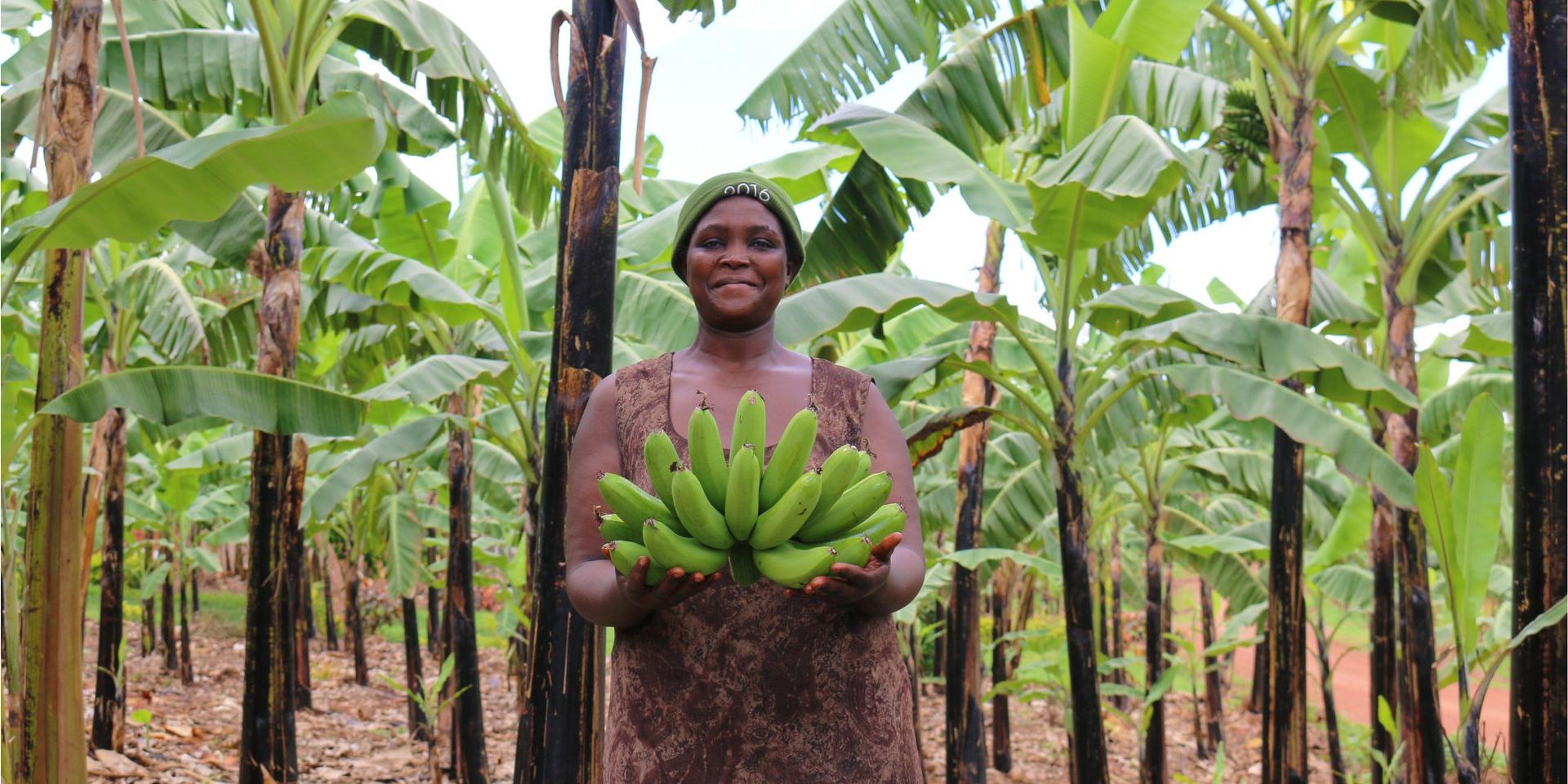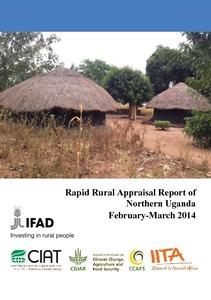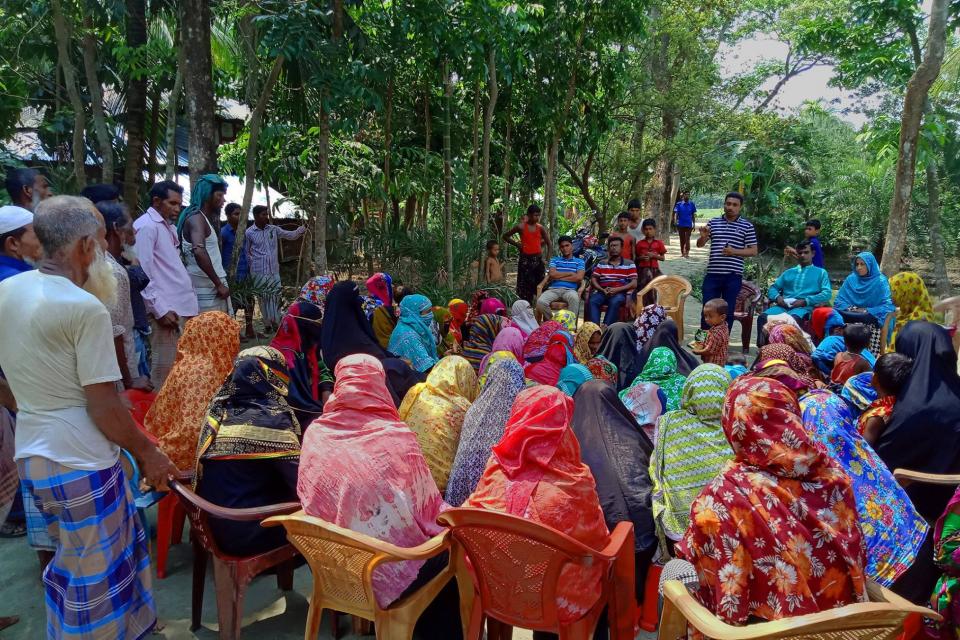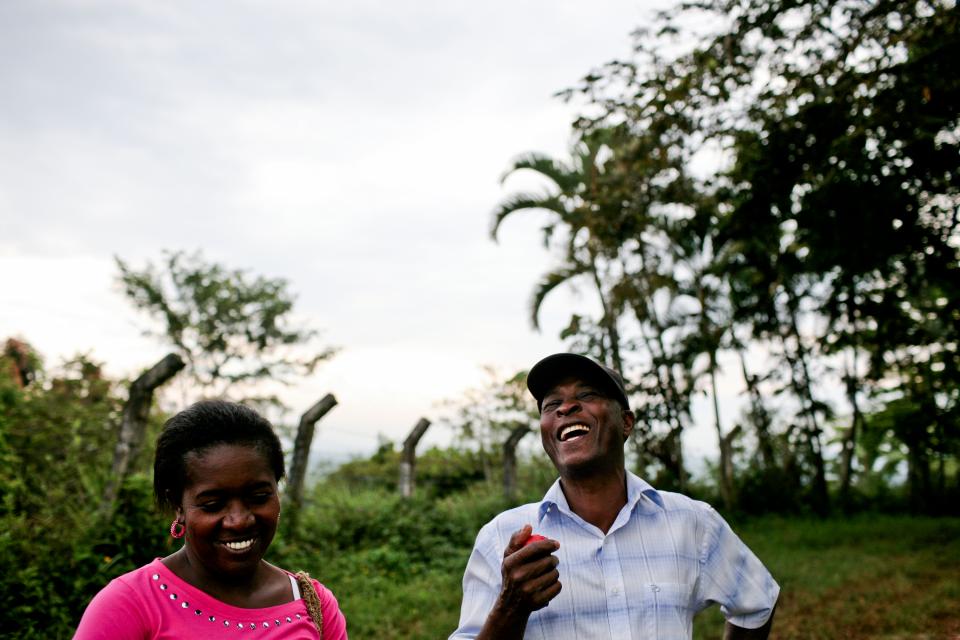Rapid Rural Appraisal

This participatory tool is used in the field to assess variations in farming systems within and between districts to ensure that investments result in greater food security for women and men.
Why is the tool important?
The tool is important for understanding challenges and constraints faced by women and men farmers in different localities in a region.
By capturing the differences within and between regions, project teams can be confident that project investment will suit the needs of the farmers and be strategic. The tool allows data to be disaggregated by gender so as to ensure women farmers' voices are heard and needs are met.
Who is the tool for?
The tool is useful for organizations that are conducting climate-smart agricultural projects and programs. It would also be useful for government policymakers to inform climate-smart and gender-sensitive policies.
Country of focus: Uganda
How can I use the tool?
The rapid rural appraisal (RRA) was used to inform project operators which activities would form part of a project to increase food security and the resilience of farming systems in northern Uganda. The objectives of the RRA were to:
- introduce the project to the communities involved
- get a preliminary understanding of farming systems, characteristics of households, infrastructure, land tenure and other agricultural features of the region
- get a preliminary understanding of the major challenges and constraints farmers in the districts faced
- identify current land management practices
- identify farmers’ perception of weather patterns and their impact on production
- guide the selection of sites for future climate-smart agricultural practices and surveys of land health.
A multi-disciplinary team conducted the RRA. They used numerous tools, including semi-structured interviews, farmer workshops, guided discussions, climate and crop calendars, village and farm visits, and transect walks.
The appraisal showed gender differences in the crops associated with women and men farmers, which organizations women and men worked with, and even how women and men noted the onset and finish of wet seasons.
Lessons learned from the RRA were to:
- incorporate several tools in order to triangulate information and results
- assess several districts to understand variability across a region
- allow sufficient time to train facilitators and to identify and engage with appropriate organizations
- use existing network, organizations and communication channels as they are instrumental in ensuring workshops are representative
- use a bottom-up approach to help decision-makers understand the problems in the project area so farmers’ views are captured in the project design.
When and how was it developed?
It was conducted in February and March 2014 by the International Center for Tropical Agriculture (CIAT) and International Institute for Tropical Agriculture (IITA).
The report is an output of the CGIAR Research Program on Climate Change, Agriculture and Food Security (CCAFS) project “Increasing Food Security and Farming System Resilience in East Africa Through Wide-Scale Adoption of Climate-Smart Agricultural Practices”.
The appraisal was to assess variations in farming systems and agricultural management practices within and between districts to guide investments and projects.
Where can I get the tool? Who can I contact?
Download the report from CGIAR’s CGSpace.
Caroline Mwongera, CIAT Nairobi, c.mwongera@cgiar.org
Publications

Rapid Rural Appraisal Report of Northern Uganda
Mwongera C, Shikuku KM, Twyman J, Winowiecki L, Ampaire A, Koningstein M, Twomlow S. 2014. Rapid Rural Appraisal Report of Northern Uganda. International Center for Tropical Agriculture (CIAT), CGIAR Research Program on Climate Change, Agriculture and Food Security (CCAFS).


